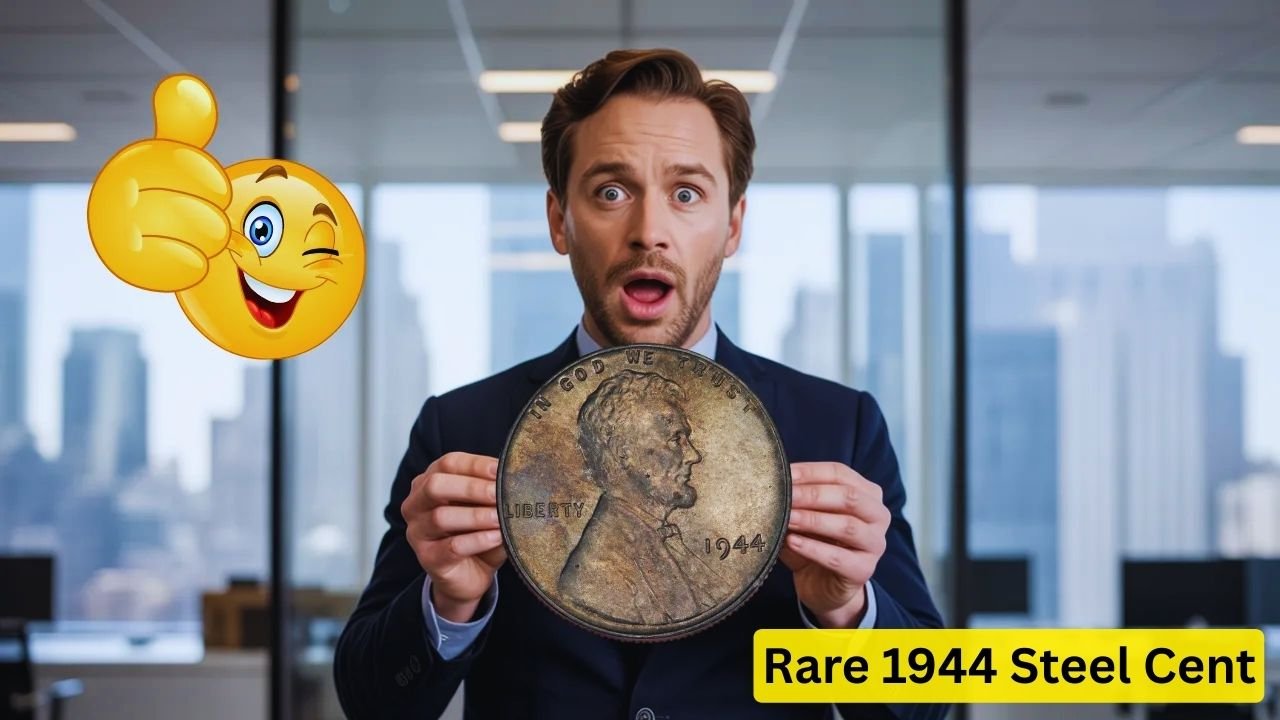The Surprise Discovery
In a small town in Ohio, a regular guy named Tom Jenkins was going through his pocket change after buying coffee last week. He pulled out what looked like an old penny, but it caught his eye because it seemed a bit off. It was shiny and silver, not the usual copper color. Tom figured it was just a dirty or weird penny from 1944 and tossed it back in his jar at home. Little did he know, that simple coin was about to change his life. Stories like this happen now and then, where everyday folks stumble on treasures hidden in plain sight.
Spotting the Difference
A few days later, Tom decided to sort his coin collection, which was mostly just spare change he had saved over the years. He remembered hearing about rare pennies on TV and thought he would check this one out. Using a magnet from his fridge, he tested it, and sure enough, the penny stuck right to it. Regular copper pennies do not do that, but steel ones do. Excited, he looked it up online and realized it might be one of the famous 1944 steel cents. He rushed to a local coin shop to get it checked by an expert.
A Bit of History
Back in World War II, the US needed copper for the war effort, so in 1943, they made pennies out of steel coated with zinc. That gave them a silver look. By 1944, they switched back to copper, but a few steel blanks got mixed in by mistake. Only around 30 to 40 of these error coins are known to exist today. Most were made at the Philadelphia mint, but some came from Denver and San Francisco too. Collectors go crazy for them because they are so hard to find.
| Mint Mark | Known Examples |
|---|---|
| No Mark (Philadelphia) | About 20-25 |
| D (Denver) | Around 7-10 |
| S (San Francisco) | Fewer than 5 |
The Big Value Reveal
At the coin shop, the owner could not believe his eyes. After checking it under a magnifying glass and confirming the date and details, he told Tom it was the real deal, a 1944 steel cent in pretty good shape. These coins can sell for big bucks at auctions. A similar one went for over a million dollars a couple of years back. Tom’s penny, graded as fine condition, could fetch anywhere from $75,000 to $200,000, depending on the buyer. Tom was shocked; he had almost used it to buy gum.
| Condition | Estimated Value |
|---|---|
| Good | $50,000 – $75,000 |
| Fine | $75,000 – $150,000 |
| Mint State | $200,000 – $1,000,000+ |
What Makes It So Special
The rarity is what drives up the price. With so few out there, and most already in collections, finding one in circulation is like winning the lottery. Experts say many might still be hidden in old jars or attics, mistaken for regular steel pennies from 1943. But the 1944 date makes all the difference. Tom’s find has sparked interest in the area, with people digging through their change hoping for the same luck.
Advice for Coin Hunters
If you think you have a rare penny, first check if a magnet sticks to it. Look at the date closely; it should say 1944, not 1943. Take it to a trusted dealer or get it graded by a professional service like PCGS or NGC. Do not clean it, as that can lower the value. Stories like Tom’s remind us that treasures can be anywhere, even in your pocket.
The Aftermath
Tom plans to auction his penny soon and use the money to pay off his house and help his kids with college. He said it feels like a dream, turning a penny into a fortune. Coin experts predict more discoveries as people learn about these rarities. So next time you get change, take a second look; you never know what you might find.
